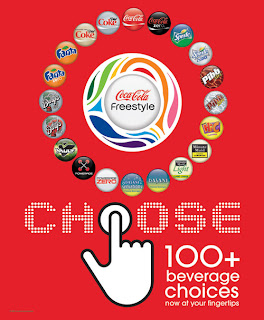In today's competitive and upbeat market, the biggest myth about social media is that it’s optional. No matter the size or type business you own, social media planning and its integration into your overall marketing strategy is a "MUST". Today, conventional advertising mediums such as print, radio and TV are not the only forms of media that your consumers use to gather information about brands, products or services. With unlimited access to the internet, and the social media fever catching on at an alarming rate, today’s consumers have immediate access to information from unlimited sources and are becoming more savvy and smarter than ever.
Integrating Social Media Marketing should be a very important step of your marketing strategy.
Social media platforms such as Facebook, Twitter, LinkedIn and Google +, have different types of audiences and serve different purposes. To make the most of your social media marketing, I recommend that you plan an execute a strategy that is tailored to your business's needs and that will work best to increase sales and improve customer retention.
Here are some key aspects you should consider when integrating Social Media into your overall marketing strategy.
1. IDEAL CUSTOMER:
1. IDEAL CUSTOMER:
Investigate and find out the ideal customer you would like to capture via Social Media for your business's benefit. Once you are able to visualize the type of customer profiles you are looking for, you’ll also be on your way to knowing their interests and aspirations.
2. BUSINESS OBJECTIVES:
The next important step in Social Media integration is being clear about what business goals you want to fulfill by using integrating social media into your marketing.
The next important step in Social Media integration is being clear about what business goals you want to fulfill by using integrating social media into your marketing.
3. SOCIAL MEDIA PLANNING:
Plan your social media strategy in a way that helps you achieve the primary goals of your business first.
4. CONTENT:
5. SELECTING A SOCIAL MEDIA TOOL:
it is very important to select those networks where your target audience is located. In any case, I believe Facebook, Twitter, LinkedIn and personal blogs just like this one, are the best social media tools.
6. SOCIAL MEDIA MARKETING BEST PRACTICES:
The most important thing to remember in this regard is how you can make your message stand out. You need to know about using Facebook for business and Facebook posting techniques. Likewise, you should be learn how to tweet effectively(Twitter marketing tips.) and you should be aware of the dos and don't s of using social media.
7. SOCIAL MEDIA ROI:
An effective social media marketing strategy should also include a good measurement system. It is very important to measure ROI in terms of consumer engagement, customer satisfaction, cost savings, revenues, brand loyalty, and so on.
Today, businesses that integrate social media into their marketing strategy, can quickly generate a lot of exposure for their business.
Whether you want to reach out to new customers, generate traffic, improve search rankings or generate leads quickly, social media can make it all happen!





